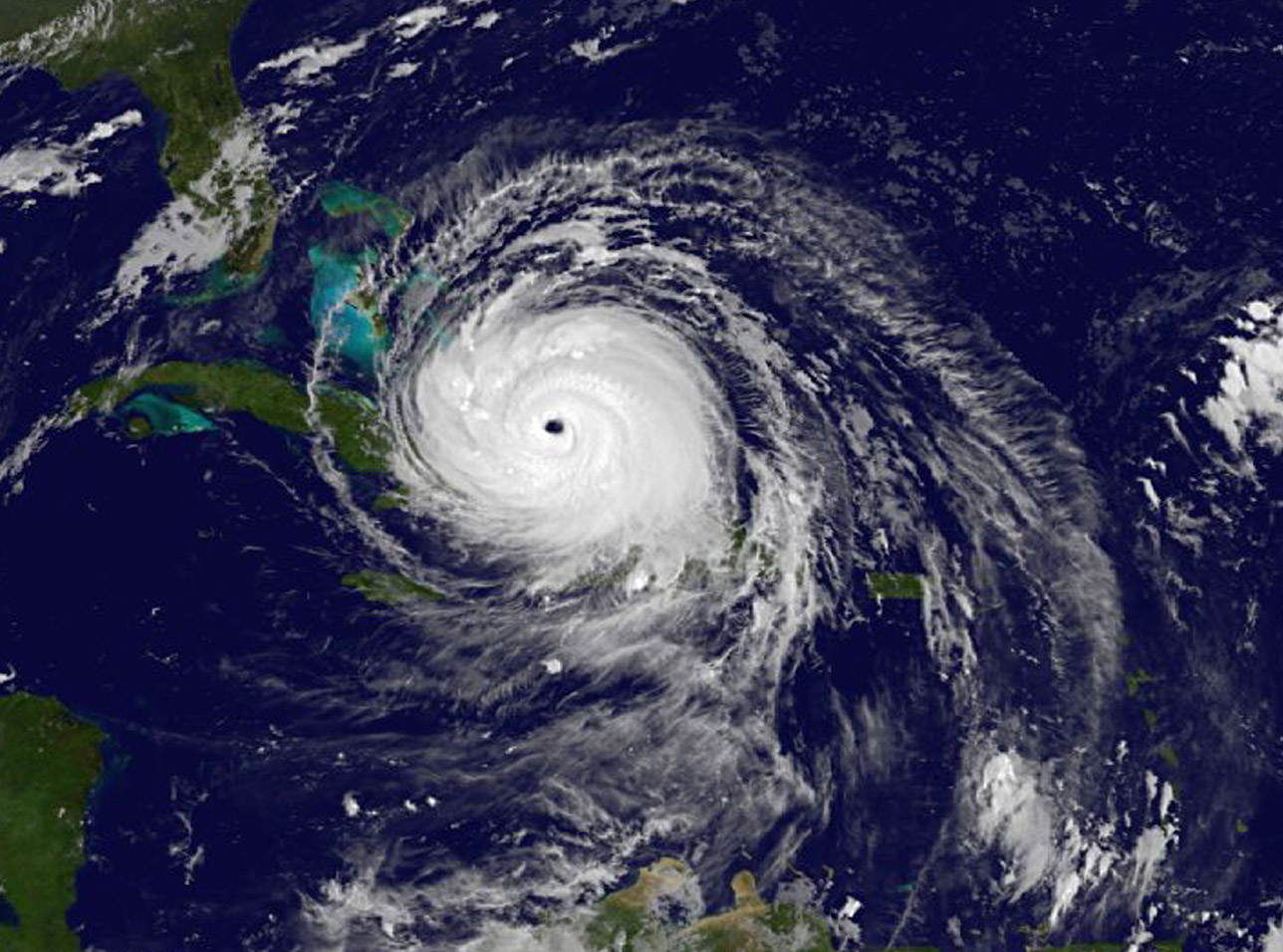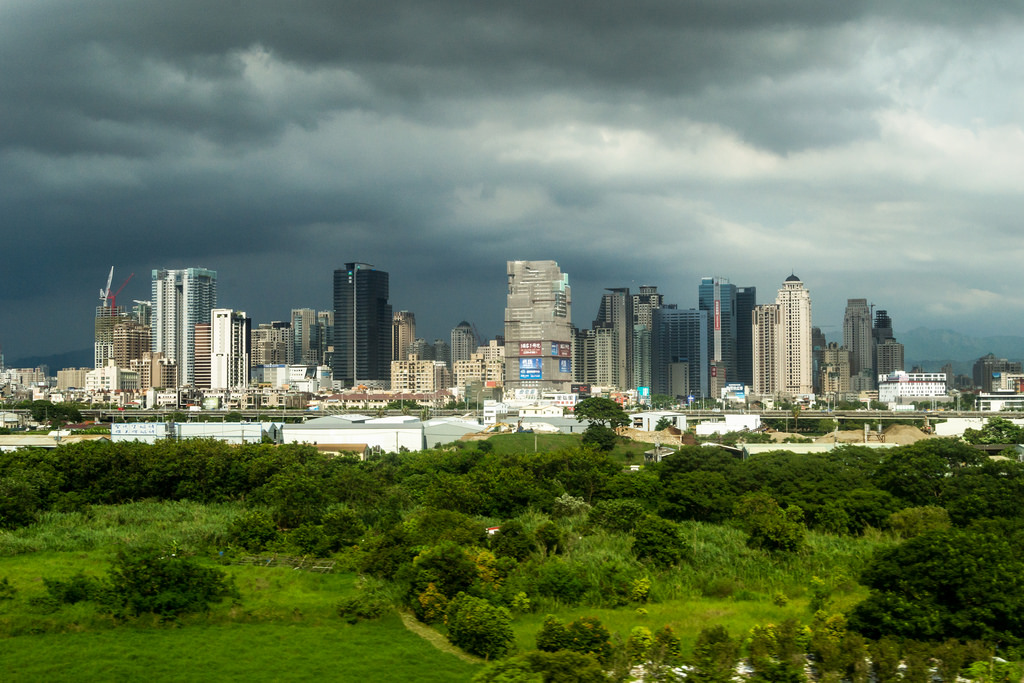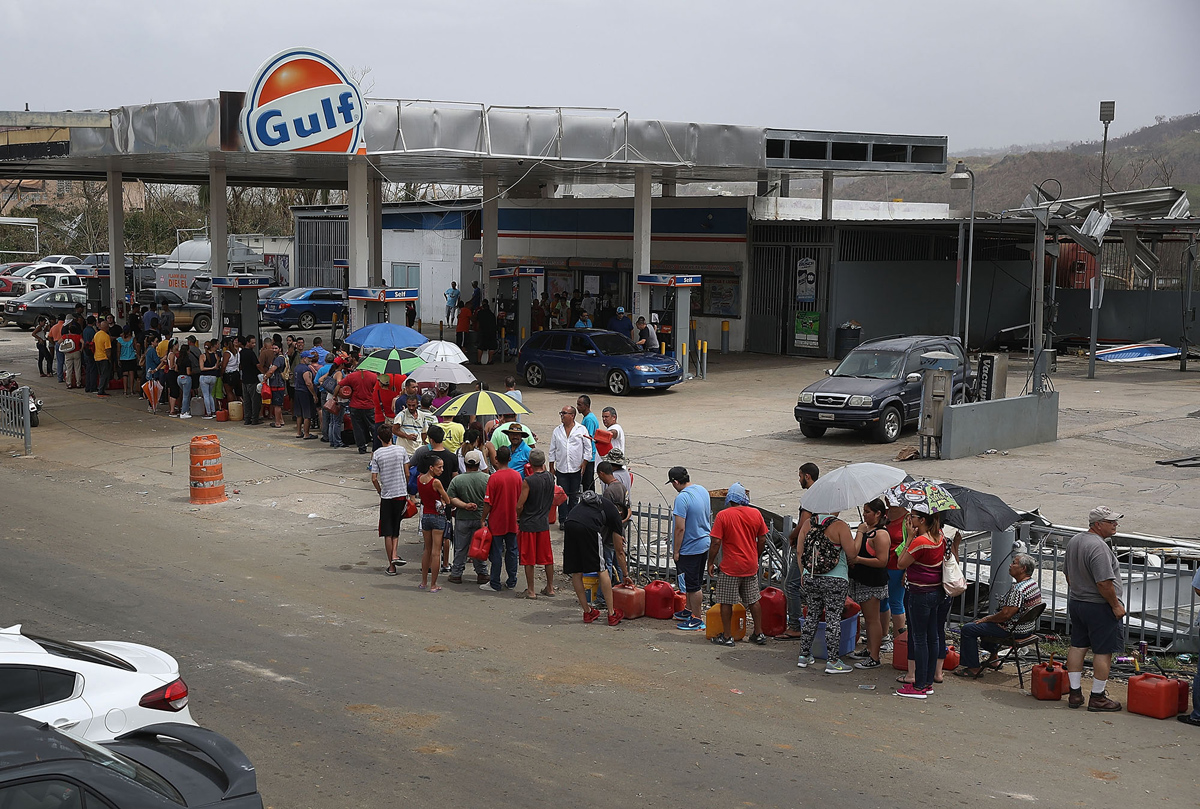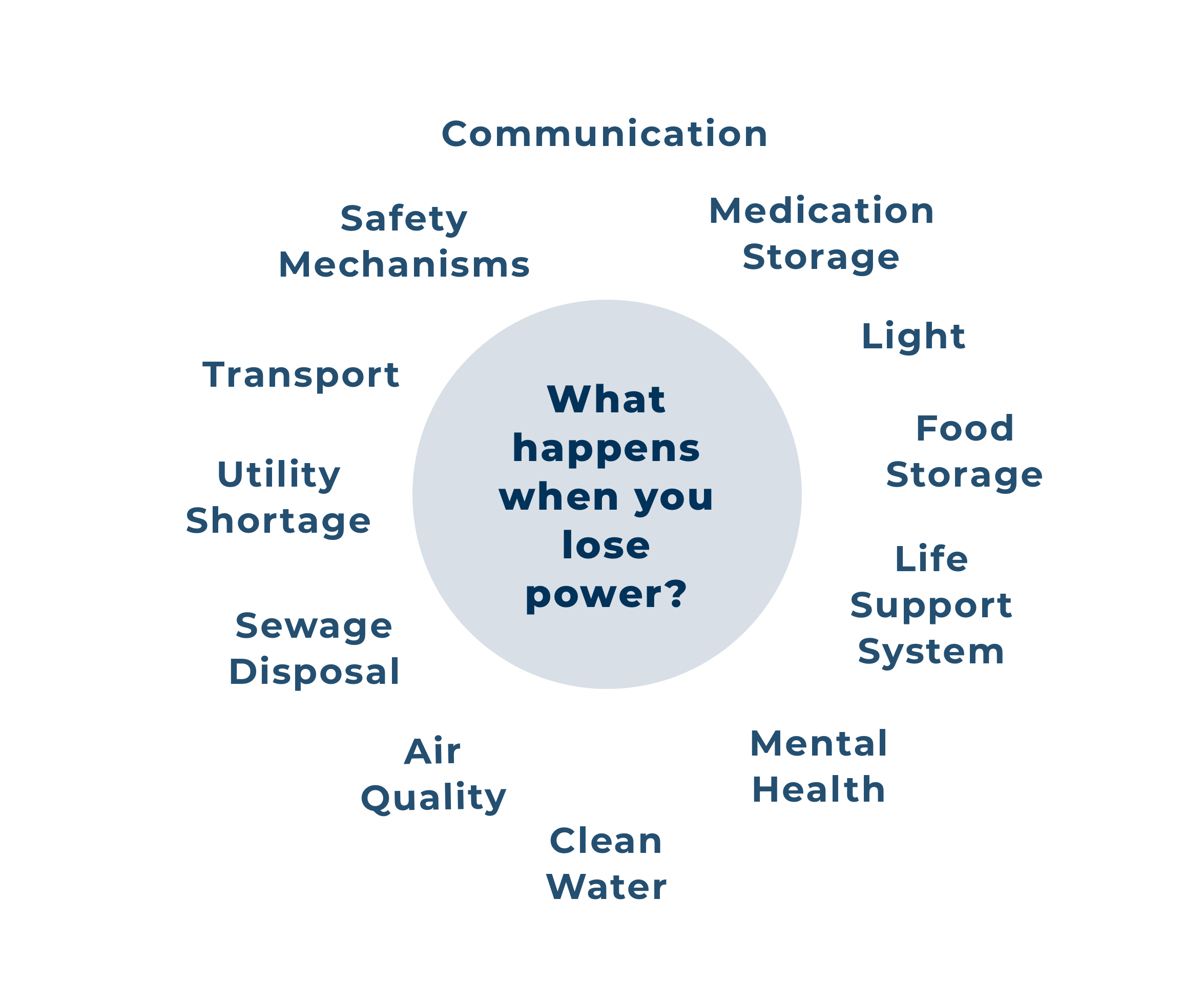Problem Statement
We narrow from a broad prompt on emergency response and begin to understand the many difficulties of responding to natural disasters.
Initial Prompt
In January 2018, global power management company Eaton tasked us with researching and designing a solution in the emergency response domain, which included both natural disasters and security emergencies.
The goals for the project include:
- Demonstrating Eaton’s potential for being strategically significant to the world
- Providing specific use cases in which Eaton assets are used to relieve communities suffering disasters
- Develop a narrative that Eaton executives can use to tell a story of a new kind of business for Eaton
- Envision a preferred future that compels new thinking among Eaton leaders
- Demonstrate the potential social impact of Eaton products and services
- Give back to the communities that Eaton serves — be a pillar of the community
After some background research, we decided early in the process to focus primarily on natural disasters instead of manmade disasters. From here, we sought to understand more about natural disasters and to find areas ripe for innovation.

Natural Disasters
According to global statistics, natural disasters are increasing in strength and frequency. Shifting weather patterns make predictions and emergency planning difficult. To make matters worse, populations in vulnerable coastal areas and urban centers have spiked in the past decade, increasing the overall destruction of each disaster.
2017
was the costliest year in United States history for natural disasters. Wild fires, hurricanes, and floods cost $306 billion in damage.
570 Million
people worldwide were injured, displaced, or killed by a natural disaster in the past year.

Long Term Effects
In 2017, natural disasters killed thousands of people in the United States, but also caused incalculable long-term health effects. Heat waves are a major factor in heart attacks and strokes. Smoke inhalation from wildfires has been directly linked to long term spikes in asthma and upper respiratory diseases. Hurricanes and flooding can cause pneumonia. Studies have also found up to a 15% increase in mental health issue amongst disaster survivors.
Natural Disasters Are Getting Worse

Climate Change
Climate change has made regular adverse weather events longer and more severe. Changes in weather patterns have caused more heat waves, floods, and wildfires in the past decade.

Population Density
Urban centers are becoming more populated, particularly in geographically vulnerable areas such as coastlines. Dense populations create greater strain on infrastructure and first response networks during and after a natural disaster.

Lack of Data
According to disaster management experts we interviewed, there is a significant lack of long term data around disaster patterns and best practices. Existing disaster mitigation plans are often copied from other cities or towns that do not share the same risk factors.
Resilience vs. Recovery
Disaster risk reduction is a holistic approach to identifying, assessing and reducing the risks of disaster. It aims to reduce socioeconomic vulnerabilities to disaster as well as acknowledging the environmental vulnerabilities that trigger them. Resilience is the ability of a system, community or society exposed to disasters to resist, absorb, accommodate, adapt to, transform and recover from the effects of a disaster in a timely and efficient manner, including through the preservation and restoration of its essential basic structures.


Government-Led Initiatives
The Sendai Framework is an international agreement which recognizes that government has the primary role to reduce disaster risk but that responsibility should be shared with other stakeholders, including the private sector. Unfortunately, governments and communities often do not invest in resilience, in favor of relief, due to resilience being politically unpopular, difficult to fund, and challenging to customize general resilience techniques to specific situations.
National Institute of Building Sciences
"For every dollar spent on disaster resiliency, it is estimated that it saves six dollars in disaster relief efforts."

The Failure Chain
According to the UN, a failure chain is defined as “a set of linked failures spanning critical assets in multiple infrastructure systems in the city.” When an electricity substation loses power, for example, this may cause a water treatment plant to stop functioning. Any nearby hospital cannot operate without fresh water, thus a region’s entire capability of providing emergency and longterm medical services may be compromised. In this example, the failure chain spans a community’s energy, water, and healthcare systems.

Communication is Key
All facets of communication are weakened during a disaster. Physical infrastructure is affected, making personal communication near impossible. Disaster recovery coordination becomes difficult. Information and important data are lost. Though power is often at the beginning of a failure chain during disasters, mediating the issue of communication can allow people to coordinate resources and move more efficiently than the chaos that often ensues post-disaster.
Where Eaton Can Help
Multi-Stakeholder Resilience Efforts
Most resiliency efforts come from government initiatives, but public-private partnerships are imperative to their success.
Local Partnerships
Efforts towards resilience are often most effective when local community leaders are involved in planning. Eaton has facilities in hundreds of locations around the world, with thousands of touchpoints at the community level through its own employees. Through local partnerships, Eaton has a unique capability in strengthening surrounding communities. Eaton can demonstrate this strength in the private sector by collaborating with other key stakeholders such as first responders, NGOs, and citizens.
Anticipating Global Needs
Eaton can show its strategic significance to the world by becoming a key stakeholder in disaster resilience efforts. As a power management product and service company, it is in a unique position to anticipate global trends in power system integrity and risks posed by disasters.